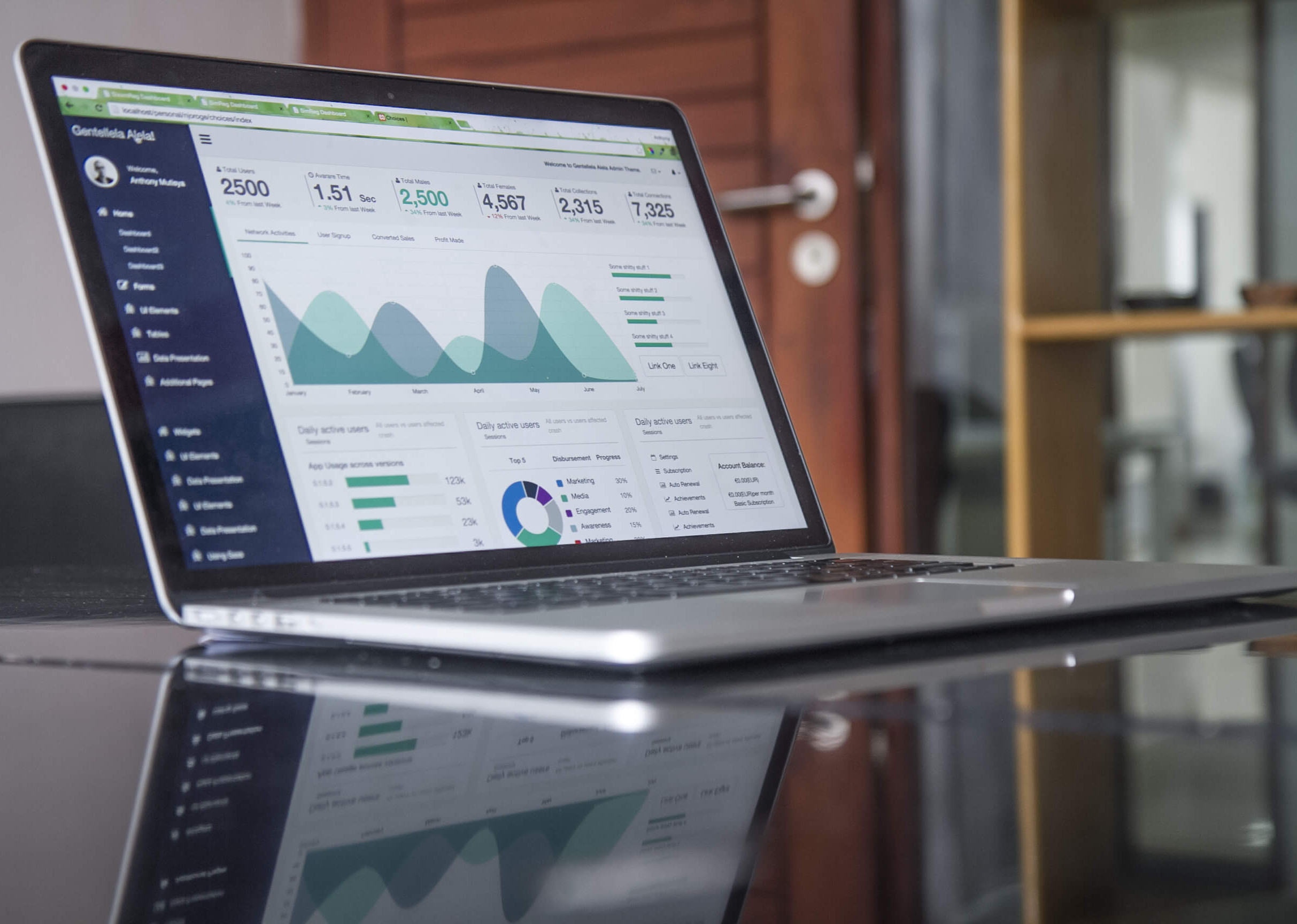Are you using pay-per-click advertising? Do you even know what it is? (It’s ok to say no.)
PPC advertising is a type of advertising that only charges you when someone clicks on your ad. Genius, huh? No more paying based on location or how long your ads run. You can see exactly when someone clicked and how much you paid for that click. You can even adjust your bid up or down to control your costs. No wonder PPC ads are so popular among inbound marketers.
Of course, you can use PPC ads as you would traditional ads. Be aware, however, that you’ll get the maximum return on your investment if you pair your PPC campaigns with an inbound marketing strategy.
The reason for this is simple: If you’re paying to send people to your website, you need to make sure you’ve got content that’s A) relevant to your ads and B) useful and engaging for your audience. On top of that, your content must help move prospects through your sales funnel.
But I’m getting ahead of myself. You want to know about PPC ads. Well, there are three types: search engine, social media and content. Find out more about each below.
Search Engine PPC Ads
Arguably the most popular type of PPC ads, search engine ads show up on search engine results pages (SERPs) as well as on websites that partner with Google. You can choose between search ads, which only show up on SERPs, and display ads, which show up on Google publisher sites as well as Google Partner sites.
There are a ton of benefits to using Google ads, including building brand awareness, promoting an event or promotion and, of course, lead generation. You also have more insights into your ads’ performance. For example, you can see what visitors do after they click on your ad with Google’s conversion tracking tools, or you can optimize the price of your ads to decrease the chances of clicks that aren’t likely to lead to conversions. These are just a few of the perks of using PPC ads.
Taking advantage of all of the tools Google Adwords offers, however, is incredibly time-consuming. On top of that, you’ve got to be well-organized to build the most effective campaigns. Depending on your campaign’s size, it can take anywhere from a few hours to a few days to set up. Once it’s running, you’ll need to have regular check-ins to monitor performance and make any necessary changes.
If you’ve got the time to devote to search PPC, it’s a perfect tool for virtually every type of business.
Social Media PPC Ads
Social PPC ads are fairly similar to search engine ads. Facebook, Twitter, Google+, LinkedIn, Pinterest and Instagram all offer advertising, whether it’s in the form of traditional ads or promoted posts. One of the biggest benefits of advertising on social media is the ability to target your ads to a specific audience. The targeting options on each platform are different, so this is something you’ll need to research before you decide where to run your ads.
You’ll also want to consider factors such as your audience, goals and each platform’s ad policy, offerings and limitations to make sure it’s the right fit for your needs. Once you’ve chosen what platform(s) you want to advertise on, you go through roughly the same process as search ads: build your ads, set them to run and monitor their performance. These ads aren’t nearly as time-consuming as search ads, but they do require some research and start-up time to get off the ground.
Content PPC Ads
The final type of PPC ads you can run is for your content. This is perfect for companies that update their blog regularly and want to get more traffic. Using tools such as Outbrain, you can submit multiple versions of headlines for the same blog. This allows you to identify what type of headlines (i.e. question, loss aversion, etc.) earn more clicks.
Once you’ve entered this information, Outbrain shares your headlines on relevant websites. Aside from increasing blog traffic, content PPC also gives you insights into how referral traffic reacts to your blog. If you notice a massive bounce rate, you can assume that either A) your headline wasn’t relevant to your traffic, or B) your content wasn’t interesting or useful to visitors.
Content PPC ads typically take less time than search or social media, which makes them great for nearly every brand with a blog. Just make sure that you focus on engaging headlines that clearly depict what your blog is about.
And that completes our high-level overview of pay-per-click ads. Want to learn more about how we can make PPC work for your brand? Give us a call, we’d love to chat.

 4 min read
4 min read





 3 min read
3 min read

